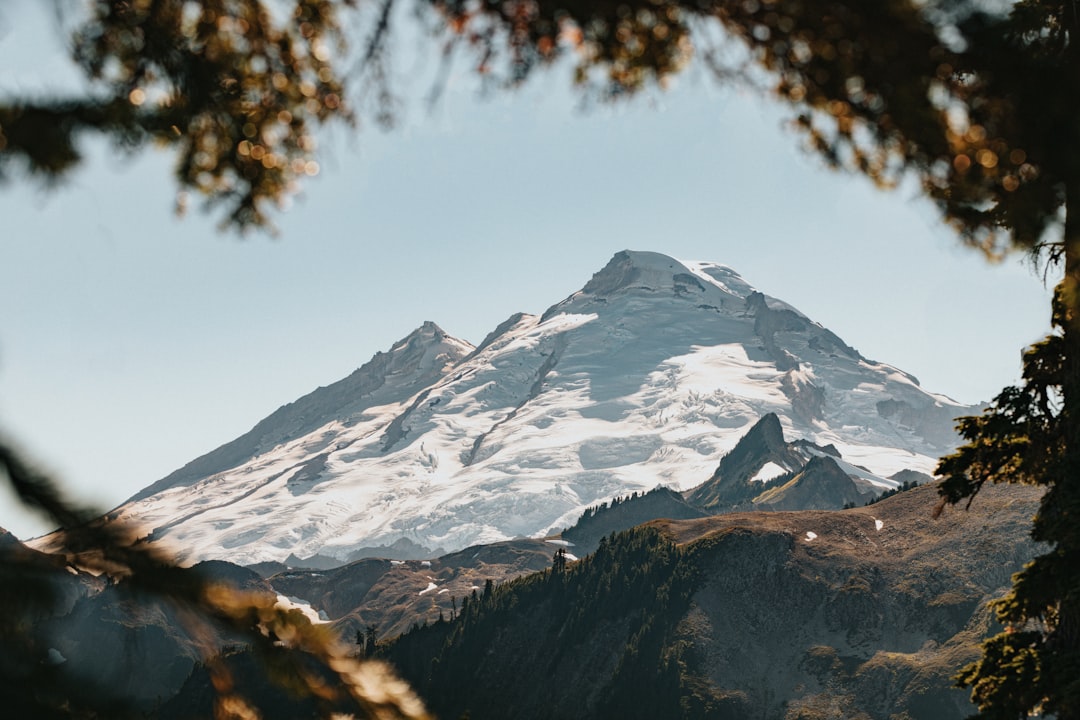
Essential Tips for Exploring Monuments: A Traveler's Guide
# Introduction. Exploring monuments is one of the most enriching experiences in travel, allowing you to connect with history, culture, and architecture. Whether it’s the elegant lines of ancient temples, the imposing structures of fortresses, or the intricate details of monuments commemorating significant events, each monument tells a story. However, navigating the vast array of historical sites around the world can be daunting. Here are essential tips to enhance your journey and ensure a fulfilling exploration. # Research Ahead of Time. Before you embark on your journey, thorough research is crucial. Understanding the historical significance, architectural style, and cultural context of the monuments can greatly enhance your experience. Websites, travel blogs, online forums, and social media can offer insights from fellow travelers and historians. You may also want to check out documentaries or books focused on the specific region or monument you plan to visit. Additionally, identifying the best times to visit can help you avoid crowds and appreciate the ambiance. Certain monuments often have peak tourist seasons, and visiting during off-peak times can provide a more serene experience. Furthermore, looking into local customs and visiting hours will ensure you are well-prepared. # Wear Comfortable Shoes. Exploring monuments often involves considerable walking, sometimes on uneven terrain, in varying weather conditions. Comfortable and sturdy footwear is essential. Choose shoes that offer support and are suited for walking long distances. As many historic sites may have cobblestone streets or unpaved paths, having the right shoes not only enhances your comfort but also ensures safety. In colder climates, consider layering your clothing for warmth, and in hotter areas, make sure to wear breathable fabrics. This preparation will keep your focus on the beauty of the monuments rather than your discomfort. # Embrace Guided Tours or Audio Guides. While wandering through monuments can sometimes yield unexpected discoveries, guided tours often provide rich and detailed information you might miss on your own. Many locations offer both guided tours and audio guides that bring the history to life and provide background stories, anecdotes, and cultural context. This can be especially valuable for UNESCO World Heritage Sites, where nuances can significantly enrich your understanding. Guided tours can also offer access to restricted areas or times, enhancing your experience. Even if you prefer to explore independently, researching and downloading an audio guide can provide a valuable alternative to ensure you grasp the importance of what you are seeing. # Engage with Local Culture. When exploring monuments, immerse yourself in the local culture surrounding them. Participate in local traditions or festivals, sample regional cuisine, and interact with locals to gain a deeper appreciation for the history of the monument. Understanding how the site fits into the culture of the area can profoundly affect your experience. Moreover, consider visiting nearby neighborhoods, art galleries, or museums that house artifacts or exhibits related to the monument. This holistic approach allows a more complete understanding of the place's significance. # Capture the Experience Mindfully. Photographs can capture the beauty and essence of historic monuments, allowing memories to last a lifetime. However, it’s essential to be respectful while taking photos. Many institutions have specific rules regarding photography, particularly in sacred spaces. Always check for restrictions and use common sense; avoid disrupting others or using flash in sensitive areas. Additionally, remember to balance photo opportunities with simply appreciating the site. Put down your camera for a moment to soak in the atmosphere, engage your senses, and genuinely experience the monument’s beauty. This practice helps build a personal connection that often gets lost in the digital world. # Conclusion. Exploring monuments is an incredible way to dive into the rich tapestry of human history and culture. By conducting thorough research, preparing adequately, and immersing yourself in the local culture, you can transform a simple visit into a profound journey. Utilize the insights shared in this guide to navigate your exploration and deepen your appreciation for the monuments that shape our world's history, ensuring your travel experience is meaningful and memorable. Safe travels! .








